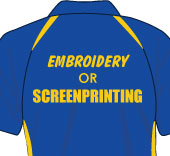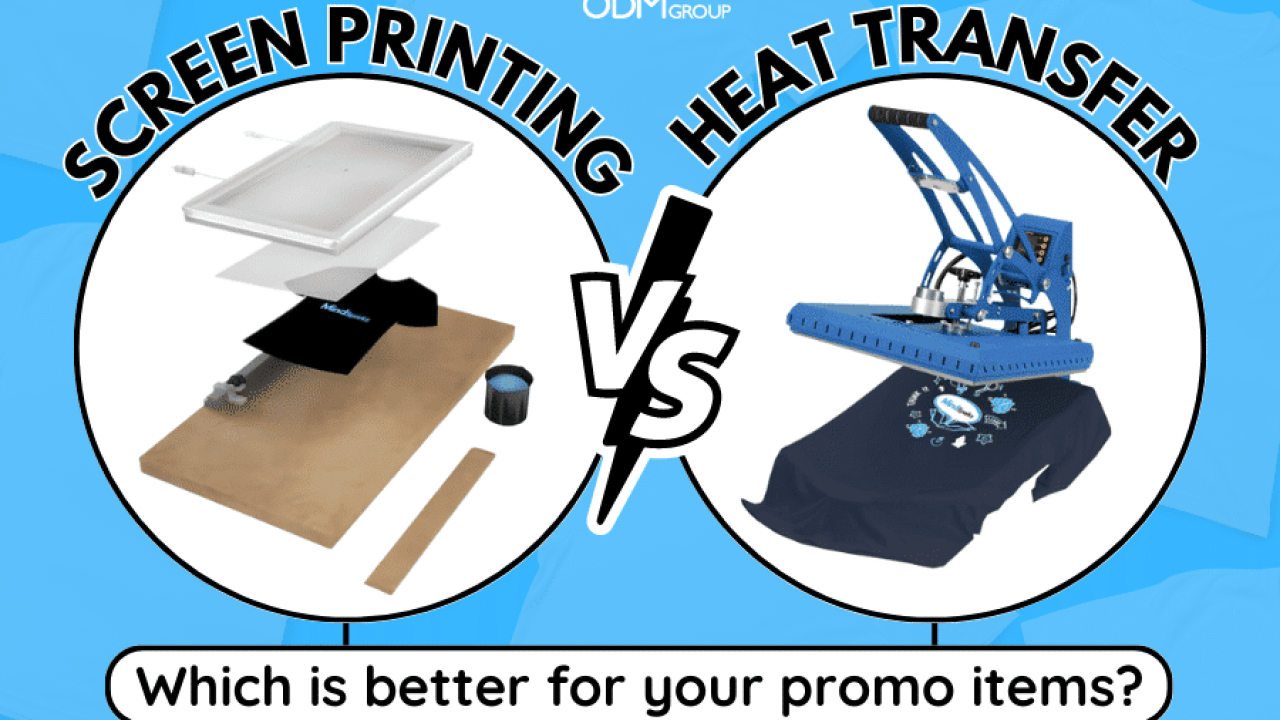Facts About Tx Tees Revealed
Things about Tx Tees
Table of ContentsSome Of Tx TeesThe Ultimate Guide To Tx TeesHow Tx Tees can Save You Time, Stress, and Money.Top Guidelines Of Tx TeesThe 45-Second Trick For Tx TeesWhat Does Tx Tees Mean?Not known Details About Tx Tees
Add up various other prices, like the number of energies it takes to run the store and the expense of ink and solution per style. Take the print listed below.The emulsion needs to only be a few cents since you 'd just require to coat one screen for this job. So just how much should you charge per t shirt to earn a profit? Usually, printers attempt to make up to 45% profit on a print task. Here's a table to aid you establish that: overall price per item percent of preferred earnings as a decimal (instance:.25 or.45) profit made per product per task Currently allowed's talk about the productivity of DTF.

With DTF, you can publish a handful of t shirts, or simply one. Both display printing and DTF have their niches in the globe.
The Ultimate Guide To Tx Tees
The most effective method to know? Ask around and see what print shops like yours are doing. custom t-shirt design. Attempt both out and see which you like better
When you're selecting what kind of printing approach to use for printing your artwork styles on your garments, it is necessary that you recognize the distinctions between these two strategies so you can maximize results while lessening expenses. Display printing is one of the most generally used technique for publishing designs on textiles.
DTG printing is also understood as spot or direct to garment printing since it publishes only what is required instead of making a screen as screen printers do. https://www.magcloud.com/user/txtees02. Display printing works by display filler squeegee screen printing ink screen mesh display, then moving the image to garment making use of heat and/or stress
The DTG printer makes use of special dye-sublimation inks that are used into a pre-designed photo by a digital printing system. The inks come to be component of the textile, enabling dynamic shades and extraordinary information. It's also called area or direct to garment printing due to the fact that it publishes just what is required as opposed to making a screen as display printers do.
Tx Tees Things To Know Before You Buy
It's much faster - you can print a fullcolor picture in mins, as opposed to hours for display printing. Second, there's no established up time or expenses entailed - you can print any type of layout you such as, without having to produce a display initially. Third, there's no waste - because screen printers display print one style at a time, they have to screen each color separately.
The paper is very expensive and can just be used once. Once it's published on, it has actually to be discarded. - The first acquisition price is less than the ahead of time financial investment of DTG printers- You can publish multi-color styles one screen at a time rather than having to print each shade independently like DTG printing.

The Only Guide for Tx Tees
Nevertheless, rather than using display mesh as display printers do, dye sublimation printers make use of laser innovation to transfer your images onto garments or paper. A heat procedure transfers the color from its solid-state directly right into the gas phase which in turn integrates it onto fabric substratums when they are quickly warmed to heats under high pressure.
Sublimation printing is environment-friendly. It uses much less water than screenprinting, and since it does not involve the usage of unsafe solvents, it's risk-free for all kinds of clothing. The color sublimation inks are also odorless when treated, unlike display printers that use unsafe chemicals during the display printing process that leave behind an undesirable smell.
They likewise conserve money on expensive tools like direct exposure more info here systems since dye sublimation printers don't call for a UV exposure system or a flash treatment stove that is usually made use of in screen printing (custom monograming). What is direct to garment printing (DTG Printing)? DTG printing is a digital screenprinting procedure that publishes directly onto fabric utilizing specialized inkjet printers
More About Tx Tees
DTG printing provides numerous benefits over standard screenprinting, consisting of the capability to print photographic high quality photos, higher color vibrancy, and the ability to print designs on darker fabrics. DTG printers work by warming the fabric ink till it transforms into a gas. The gas then penetrates the textile, bonding with the fibers to develop a long-term print.

Screen printers just prepare their display then begin publishing up until they run out of product or ink.- There is a wide variety of skilled display printers all over the world, which can be valuable for beginners. - It's a slower process - display printers frequently need to await the ink to dry prior to they can publish the next color- Display printers call for manual labor, so there's a greater learning curve and it takes longer to create a top notch layout- Screen printing isn't as accurate as DTG printing, so you might obtain some "bleeding" of colors from one part of the image onto an additional otherwise done properly.
See This Report about Tx Tees
Nevertheless, as opposed to utilizing display mesh as screen printers do, dye sublimation printers use laser technology to transfer your images onto garments or paper. A warm process transfers the color from its solid-state straight into the gas phase which in turn fuses it onto material substratums when they are swiftly heated up to high temperature levels under high pressure.
Sublimation printing is green. It makes use of much less water than screenprinting, and due to the fact that it does not involve making use of damaging solvents, it's risk-free for all types of garments. The color sublimation inks are also odor-free when treated, unlike display printers that utilize damaging chemicals during the display printing process that leave an undesirable odor.
They additionally conserve money on costly devices like exposure devices since color sublimation printers do not need a UV exposure device or a flash remedy oven that is generally made use of in screen printing. What is direct to garment printing (DTG Printing)? DTG printing is an electronic screenprinting process that prints straight onto textile utilizing specialized inkjet printers.
6 Simple Techniques For Tx Tees
DTG printing provides numerous benefits over traditional screenprinting, including the ability to print photographic high quality photos, better shade vibrancy, and the capacity to print designs on darker fabrics. DTG printers work by heating up the textile ink till it develops into a gas. The gas after that permeates the fabric, bonding with the fibers to develop an irreversible print.